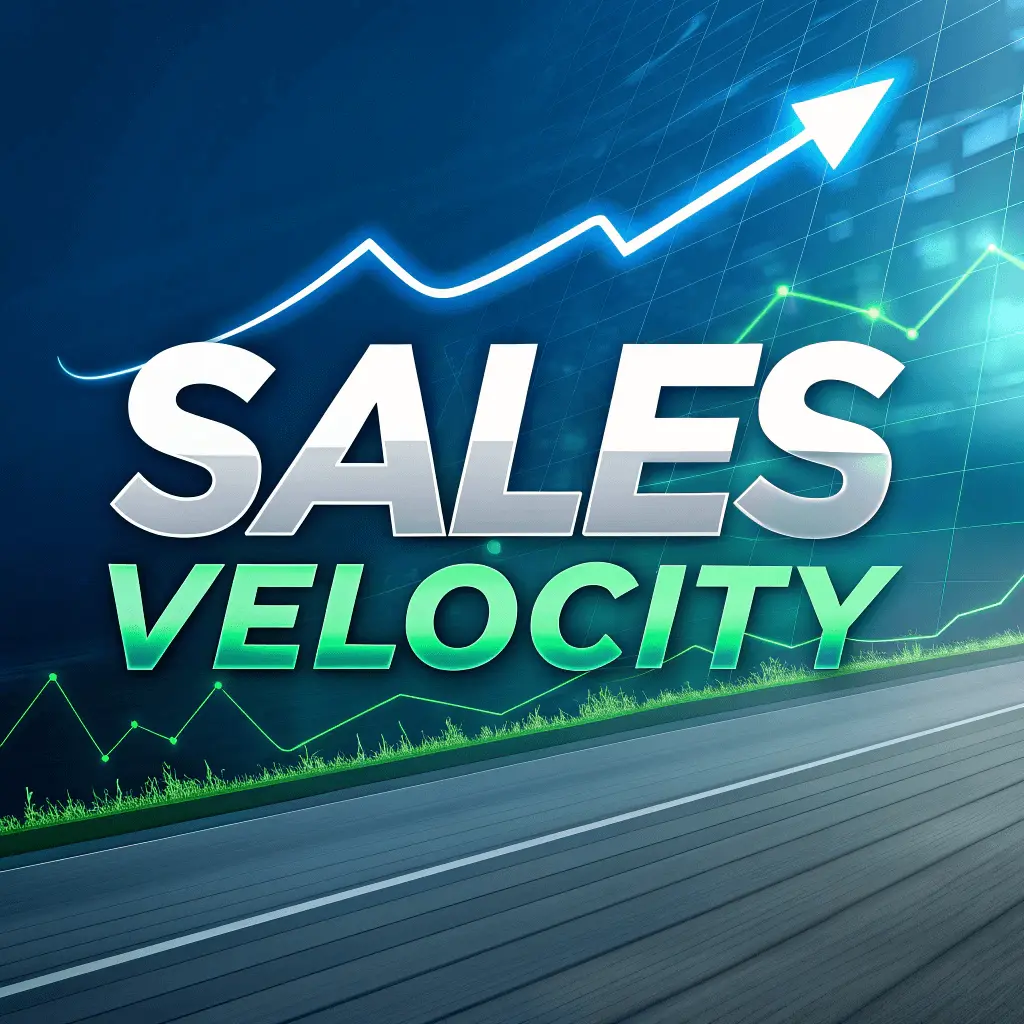Sales velocity is a crucial metric that companies use to gauge the efficiency and effectiveness of their sales processes. It measures the rate at which a business turns its leads into revenue. By understanding this concept, companies can identify areas for improvement in their sales operations and make informed decisions to enhance their growth strategies. Given the ever-competitive business environment, staying on top of key performance indicators like sales velocity can be the differentiating factor for success. Below, we’ll delve into what is sales velocity, why it matters to your organization, and how to leverage it for maximal business growth.
Understanding Sales Velocity and Its Impact on Business Growth
Sales velocity is a measure of how quickly a business can convert its leads into actual sales and subsequently, revenue. This metric plays a pivotal role in understanding the overall health of a company’s sales funnel. It takes into account the volume of sales and also the speed and efficiency with which those sales are completed.
A high sales velocity indicates a robust and effective sales operation, capable of generating revenue quickly. This efficiency is critical for business growth because it allows for a faster return on investment (ROI), increased cash flow, and the ability to reinvest in other areas of the business. Rapid sales cycles can also be a competitive advantage, keeping businesses a step ahead of their competitors.
Conversely, a low sales velocity points to potential bottlenecks or inefficiencies in the sales process. It can signal the need for a change in sales strategy, improvements in lead quality, better sales training, or enhanced sales tools. By scrutinizing the factors that contribute to sales velocity, companies can take targeted actions to streamline their sales operations.
Core Components That Influence Sales Velocity

Sales velocity is influenced by four primary components: the number of opportunities, average deal size, conversion rate, and sales cycle length. Each of these elements plays a significant part in determining the overall velocity of sales. A thorough understanding of these components is important for any sales team aiming to improve its efficiency.
The number of opportunities in the sales pipeline directly affects velocity; more opportunities generally equate to more sales, assuming all other factors remain constant. Meanwhile, the average deal size, or the average revenue from each sale, can raise or lower sales velocity depending on how much revenue each transaction brings in.
Next, the conversion rate is critical because it reflects how many leads or opportunities are turned into actual sales. A higher conversion rate typically means that sales operations are effective and that leads are well-qualified. Lastly, the length of the sales cycle matters because the less time it takes to close a deal, the higher the sales velocity.
Calculating Sales Velocity to Drive Revenue Generation
To calculate sales velocity, companies must multiply the number of opportunities by the average deal size and conversion rate, and then divide the product by the length of the sales cycle. This simple formula will yield a figure that represents the average daily sales revenue. Companies can use this number to track performance over time and set benchmarks for improvement.
Understanding and tracking this metric provides insights into the sales process and helps identify areas that may be hindering revenue growth. For example, if the sales velocity is low despite having a high number of opportunities, the issue may lie in the average deal size or the conversion rate, suggesting that deals either aren’t large enough or aren’t being closed efficiently.
Strategies to Boost Your Sales Velocity

One strategy to boost sales velocity is to enhance the quality of leads entering the sales funnel. It’s critical to attract the right prospects—those with a recognized need, purchasing power, and readiness to buy—to improve the conversion rate and shorten the sales cycle. By targeting marketing efforts more effectively, companies can draw in better-qualified leads.
Improving the sales team’s skills through training and development is another potent way to increase sales velocity. Effective communication skills, negotiation, and closing techniques can decrease the sales cycle length and boost the conversion rate. Equipping sales representatives with the right tools and technologies, like customer relationship management (CRM) systems and sales automation software, can further streamline the sales process, enabling them to close deals faster.
Overall, sales velocity is a dynamic and multifaceted metric that can provide profound insights into the effectiveness of a company’s sales operations. By understanding, measuring, and optimizing this metric, businesses can accelerate revenue generation and establish a foundation for ongoing success and growth.

